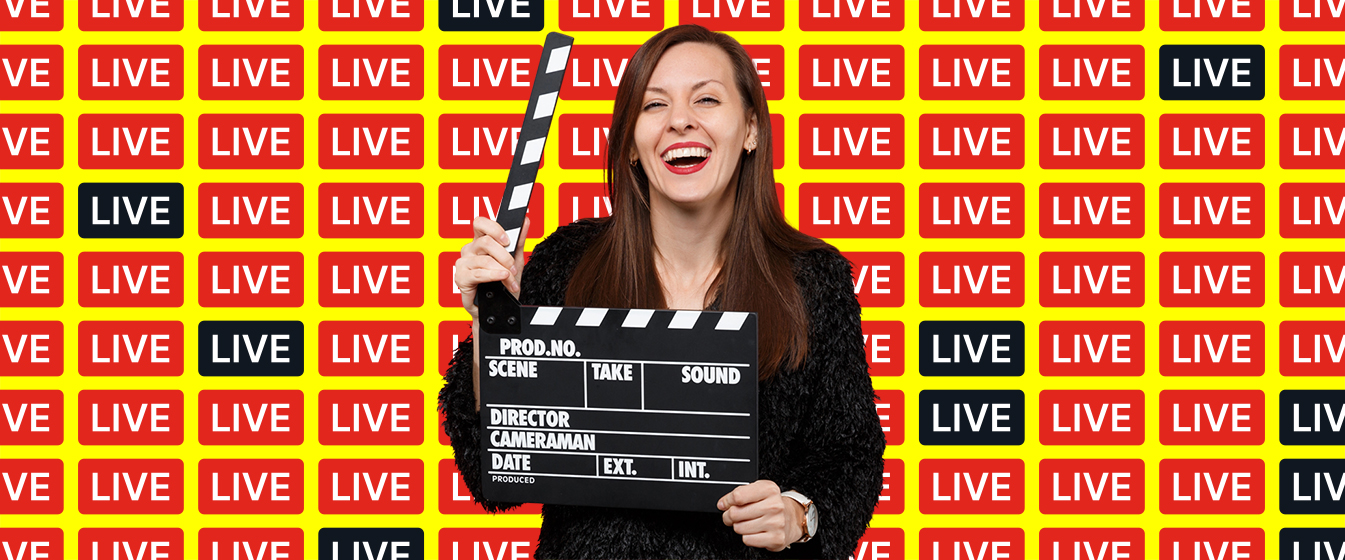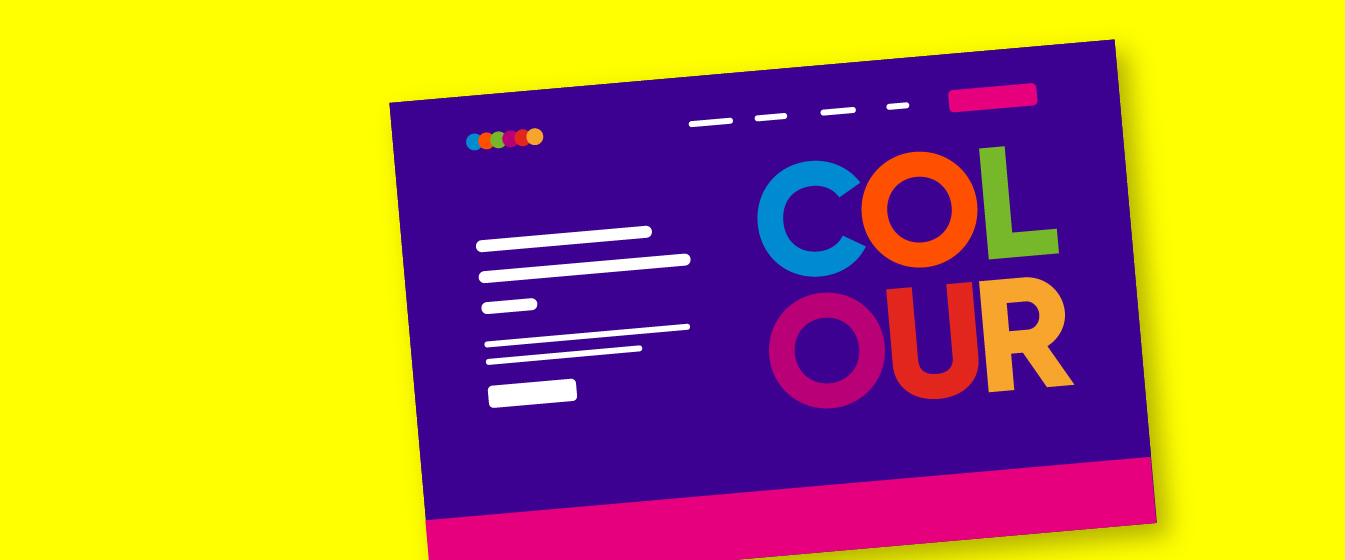Blog: Event management
How to harvest post-event energy, engagement and goodwill
9 October 2023 minute read

If you’re anything like me, you make it to the end of a successful event and all you want to do is go the hotel bar, order a Martini the size of Lake Tahoe, drink it in peace, and then retire to your bed and sleep for a week.
And why wouldn’t you? You’ve been working 14 hour days for weeks. You’re exhausted. Your satisfied attendees are on their way home. Your work is done.
The hell it is!
Put the gin down. Order yourself a triple espresso and get back to that laptop, because now is the moment to capitalise on all that hard work, planning, content curation and execution.
Whether you’re running events for knowledge-sharing, marketing, member networking – or all three – the post-event phase is where the real magic happens. This is where you get to turn satisfied attendees into loyalty, data and customers.
Now I know what you’re thinking. Don’t make me work on post-event engagement stuff when I literally haven’t slept for a week and I just want to watch Ted Lasso in my pyjamas. But gentle reader, I’m here to tell you that, with the right strategy and tools in place, you can do both.
Why is post-event engagement so precious?
When you execute a successful event, people leave feeling a heady cocktail of positive emotions. They feel inspired, connected, smarter, motivated. They feel part of a community. More specifically, they feel part of your community.
This sense of goodwill and positivity is extremely powerful. It’s the reason you work in events and it’s the reason companies spend millions hosting events. But it diminishes rapidly as your attendee goes back to their day job, boss, family and normal life.
In a nutshell, you want to take all the warm and fuzzy feelings you’ve just engendered in your attendees and turn them into action that supports your objectives. Whether your goal is to make that attendee a customer; get them to renew their membership of your association; get them to sponsor, speak or even just attend again next year – now is the time to lock them in as an advocate of your event.
Here are 10 ways to do exactly that.
1 Send a thank you mail but make it personal
Plan your thank you emails in advance. You can probably write 80% of the copy weeks ahead of the event, then fill in the specifics within hours of the event closing. You want the thank you mail to land no later than 24 hours after the event closes.
The key to thanking people is making it personal because this is what makes it sincere. Easier said than done if you have 5,000 attendees. So use your platform’s technology to your advantage.
Prepare separate thank you templates for different groups (sponsors, exhibitors, VIPs, speakers, regular attendees, overseas attendees – whatever makes sense) so you can speak more directly to their involvement and the precise nature of their support.
Personalise the templates using merge data tags so you can address the attendee by name, reference their organisation, their vertical – be as creative as you can. Your platform should let you use display logic to include / omit certain components or text depending on attendee properties.
Include a few choice pictures from the event and some headline stats. But don’t make it too long. It should be easy enough to read on a phone in under a minute.
Make sure you have a nice, clear call-to-action which will likely either be to visit the highlights page you just added to your event website, or to give you feedback.
2 Conduct a survey, but make it a better survey
Harsh truth number 1: most people find giving feedback annoying.
Harsh truth number 2: most event organisers keep asking the same exhaustive laundry list of generic questions in every post-event survey.
Harsh truth number 3: because of harsh truths number 1 and 2, survey completion rates are often sub 10%.
Lengthy surveys tend to result in low response rates and incomplete responses, as attendees lose interest or resent completing them. So keep your surveys concise, engaging, and easy to navigate.
Know what you will physically DO with the answers to the questions you ask. If you don’t know how to utilise the data, don’t ask the question! Focus instead on asking only the most essential questions that will provide you with actionable insights. Use a mix of multiple-choice, rating scales, and open-ended questions to gather both quantitative and qualitative data.
If you have a big event, consider segmenting your audience, asking questions that relate to each sub-group in a more targeted way. For example, if your event targeted the automotive industry, you might consider having a survey for attendees from car makers, another for suppliers, and another for dealers. They all want different things from the same event, so lean into that and get more specific. Your attendees will feel more appreciated and you’ll get more contextualised feedback.
Make sure your survey is visually appealing, with clear instructions and intuitive navigation. Use conditional logic to personalise the survey experience and avoid asking irrelevant questions.
Again, timing is critical. You should avoid waiting more than 24 hours after an event to ask for feedback because people will remember their experience better and share their feelings more honestly right after it happened. Your platform should allow you to craft the survey and the email, and schedule the mail to go out automatically, so all this can be dealt with in advance.
3 Set up post-event consultations with key exhibitors and sponsors
Your event platform should be giving you plenty of data in terms of who showed up to what, how engaged they were with content, and so on. But what about your biggest stakeholders – your sponsors and exhibitors? For them, success metrics are more subjective but still eminently quantifiable.
So talk to them. If you only have a few, call them all. If you have lots, build a sample set taking account of firmographics (include large and small companies, start-ups and established players, different verticals etc) to make sure you’re covering all the bases.
Then ask for a call and get them to talk freely about how it went.
If the feedback is super-positive, ask if you can quote them. If it’s critical, ask them what they would like to see done differently, and tell them what you’re going to do about it ahead of the next event.
You can also use the data from your platform to share some key highlights about attendance and engagement, giving them some factual data to reinforce the subjective experience they just had.
It’s vital that you set these meetings as soon as possible after the event. When you do it immediately, sponsors trust that you’re genuinely interested in how it went for them – that you care and you’re sincere about optimising the event for them.
Leave it until later, and they’ll assume you’re just trying to sell them into the next event. You risk coming over as self-serving. Plus, they’ve likely forgotten the useful stuff they could have told you a week after it happened.
Make a concerted effort to collect meaningful data points for your exhibitors and sponsors and schedule meetings immediately after your event to share the information with them.
4 Create a post-event page
Make it easy for people to relive the experience (or discover what they missed) with a post-event page on your website.
You can edit your event site homepage (replacing all your ‘why you should register’ content with highlights); or create a separate landing page. It’s up to you.
Either way, the goal is to showcase the speakers, networking, award winners, entertainment and anything else that helps capture the vibe of your event, and remind people it was a) really valuable and, b) really fun.
You could include:
- Sizzle reel or recap video
- Presentation slides or any other event content
- Photos and / or a photobooth gallery
- A gallery of tweets from the event hashtag
- Fun stats about the event (number of attendees / countries / talks / muffins consumed etc)
The point is images and video in particular help trigger and embed positive memories and emotions in the minds of those who came; and they create a sense of FOMO in those who didn’t.
5 Send out content your attendees may have missed
Your event content is hugely valuable. But again, if you’re like me, you prioritise networking during the event itself and, as a result, you probably missed some great presentations because you were speaking with customers or colleagues.
So make sure you’re ready to serve videos, PowerPoints and other content assets and offer them to attendees post-event.
Again, the key here is to personalise. If your attendee registration form solicits the type of content the registrant is most interested in, you’re well placed to be able to send them emails with the 3 or 4 most relevant talks highlighted. Otherwise, you can try matching content recommendations based on firmographic data (organisation, job title etc).
6 Help exhibitors and sponsors nurture their attendee relationships
This is a no-brainer, but very few events actually do it.
For exhibitors and sponsors, serving existing customers and filling the sales pipeline is their priority after the event ends. In fact, it’s literally what you promised them when they signed up to support the event! So, what can you do to help them nurture these relationships post-event?
Think about ways you could matchmake and introduce companies to attendees they didn’t get the chance to meet during the show itself.
Did a sponsor video their fancy product launch or demonstration? Send out an email on their behalf with a link to the content and a way to schedule a video call with their experts to discuss. Be proactive in helping your companies to keep the momentum going and squeeze every last drop of opportunity from the event while goodwill is still in the air.
Think about how tough it is to recruit a sponsor, and how many events would love to lure them away. Look after them post-event and they’re far more likely to lock in with you for the longer term.
7 Recruit for committees, special interest groups, or advisory boards
Whether you’re running a membership organisation, or company events for customers / users, you always need well-connected experts from your community to advise and help drive your events and other programmes. You need speakers, programme committee members, panels, case studies – the list goes on. Trouble is, everyone’s so busy and the best experts are always in demand. Sound familiar?
Get ready to be happy because immediately post-event, when interest in your organisation is at its peak and your members or customers have just experienced an inspiring and purposeful event, is the best possible time to solicit volunteers for various initiatives.
Recruit these movers and shakers in the afterglow of a successful event, while your stock is high, and you’re far more likely to get an enthusiastic ‘yes!’
8 Mine that user-generated content
User-generated content (UGC) is a veritable goldmine when it comes to maintaining that post-event glow. UGC (as the name suggests) is anything that your attendees create themselves and then post to social media. People do this a LOT and it’s increasing constantly.
UGC can range from something as simple as a photo or a tweet, through to short videos, all the way through to blogs about their experience at your event.
This stuff is precious because it captures and spreads the authentic experiences of your attendees in ways your own (organiser-driven) content never could. It also helps create a sense of community among attendees, deepening their connection to your brand. You can encourage and find UGC by creating unique event hashtags, asking attendees to share their experiences, and incorporating UGC into your post-event web page and email blasts.
Never forget: it’s not about you, it’s about them.
9 Keep the conversation going
Look for crowded sessions, positive comments and buzz around specific topics or speakers during the event. Then, in the subsequent weeks start scheduling and advertising complementary follow-up webinars, presentations or downloadable content (reports, studies, whitepapers) on these topics.
As an organiser, it can be tempting to view your event as an annual thing. You do it, then move on to other things, then come back and do it again next year.
Your attendees don’t see the world that way. They have the same challenges, interests, ambitions and needs, week in / week out. Serve those needs throughout the year and you’ll go to the top of their must-attend list. You’ll have guaranteed attendees who are also powerful advocates and promoters of your event. Basically, the dream.
10 Plan all this stuff in advance
Now we’re back in the hotel bar. The event has just ended. You want that martini. You want your bed.
This is why you need to plan, script and prepare all this stuff in advance.
Segment your attendees into groups, write the thank you emails, build the survey, structure the post event page – get all your ducks in a row. By the last day of your event, all you should need to do is drop in the best pictures, video, some quotes and stats. That’s it. Everything else can be done weeks in advance.
Agree which assets and mails will drop on which days and divide responsibility up among your team.
It goes without saying that all this is easier to achieve when your event technology is intelligently integrated with your marketing automation stack and CRM. Or indeed, easier still if your event platform includes email marketing automation tools, a CRM, and smart analytics. So make sure you’re getting everything you need from your tech providers. If you’re not, feel free to call us.
But never forget. There’s something truly magical about the days following an event. Use this time wisely to remind your crowd why you’re special. Remember that the event itself is just one of multiple customer touch points you can activate for your clients throughout the year.
Do this and you’ll build customer loyalty, brand value and competitive strength like never before. Whether you’re in the office, or at home in your PJs.



